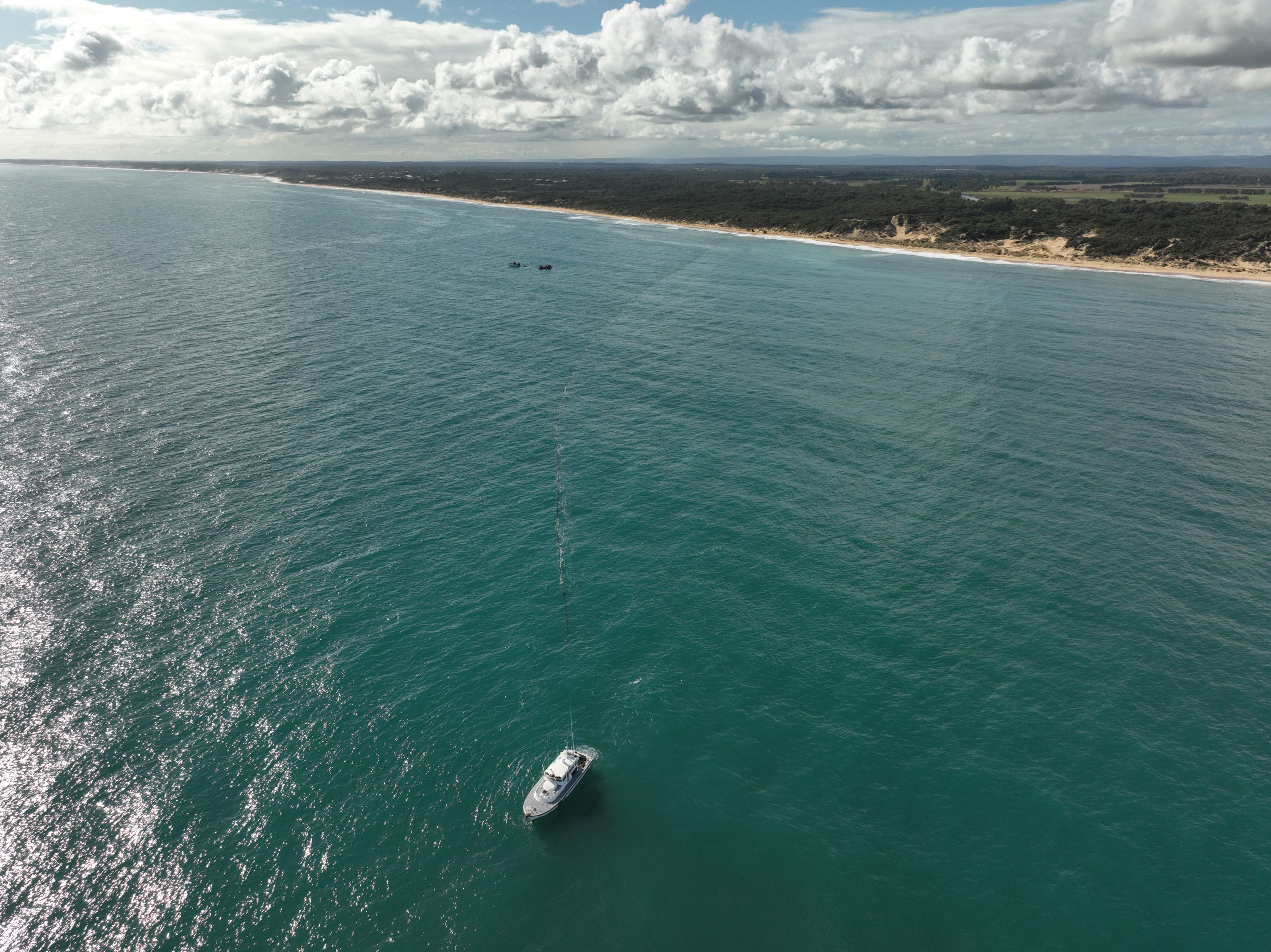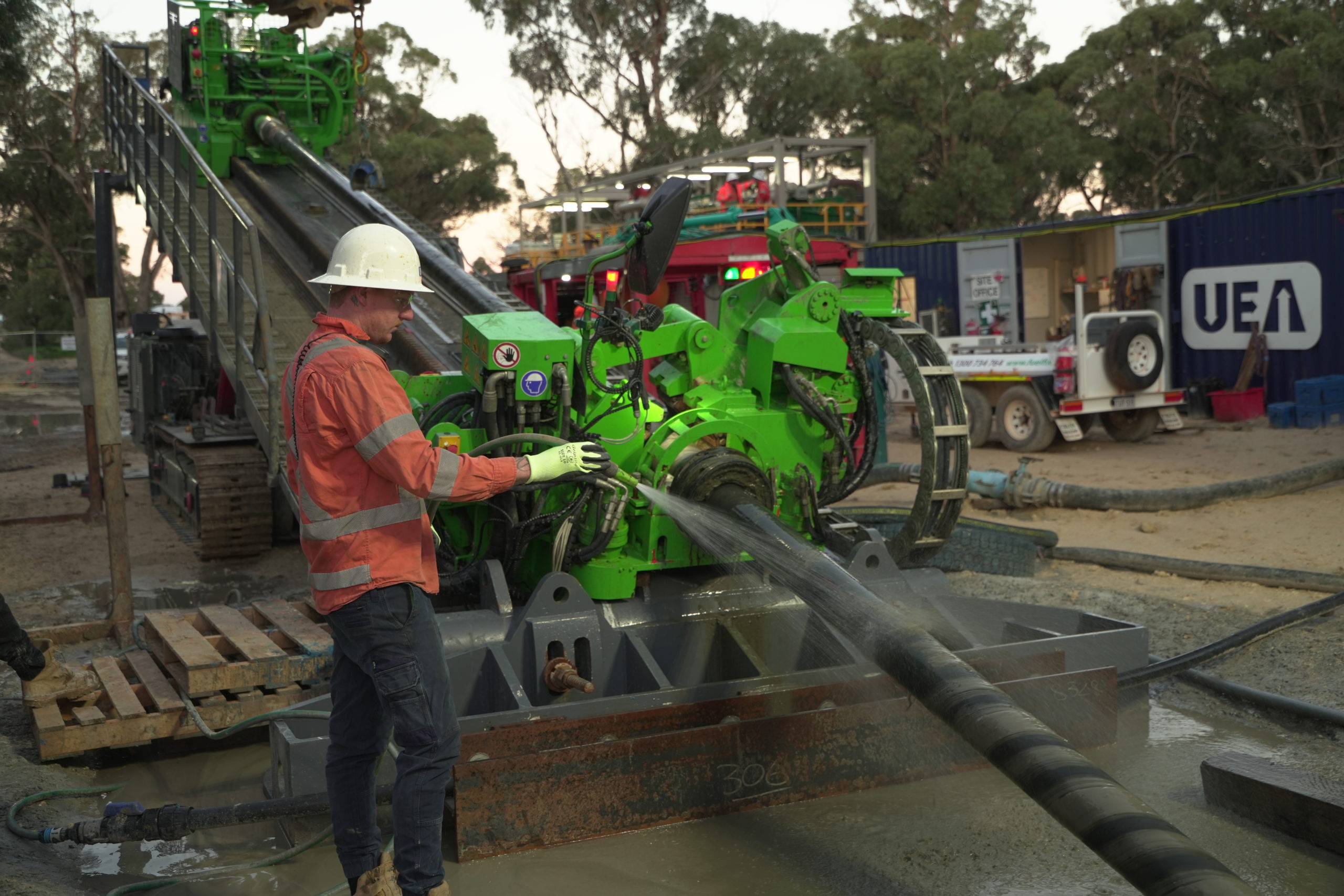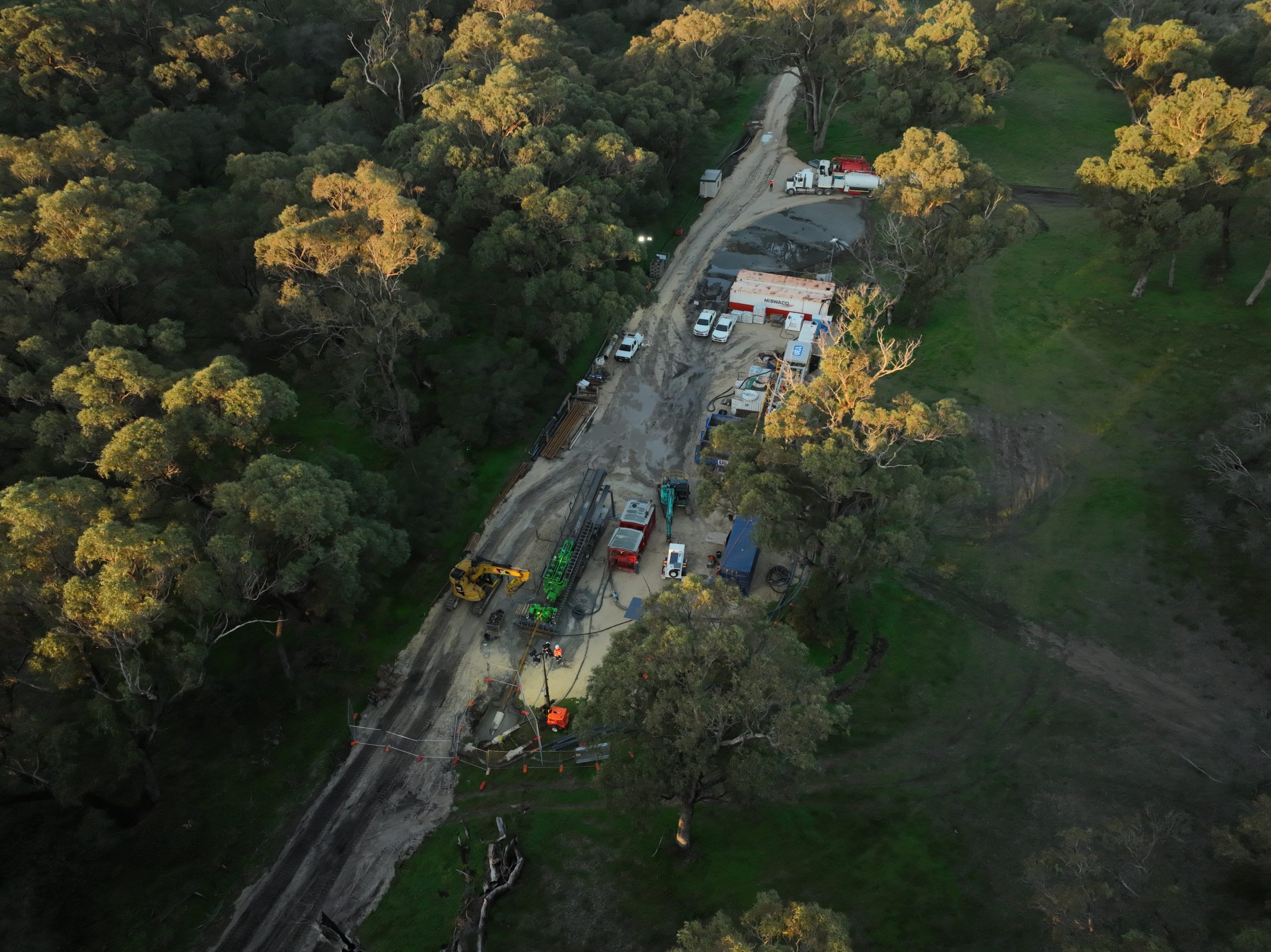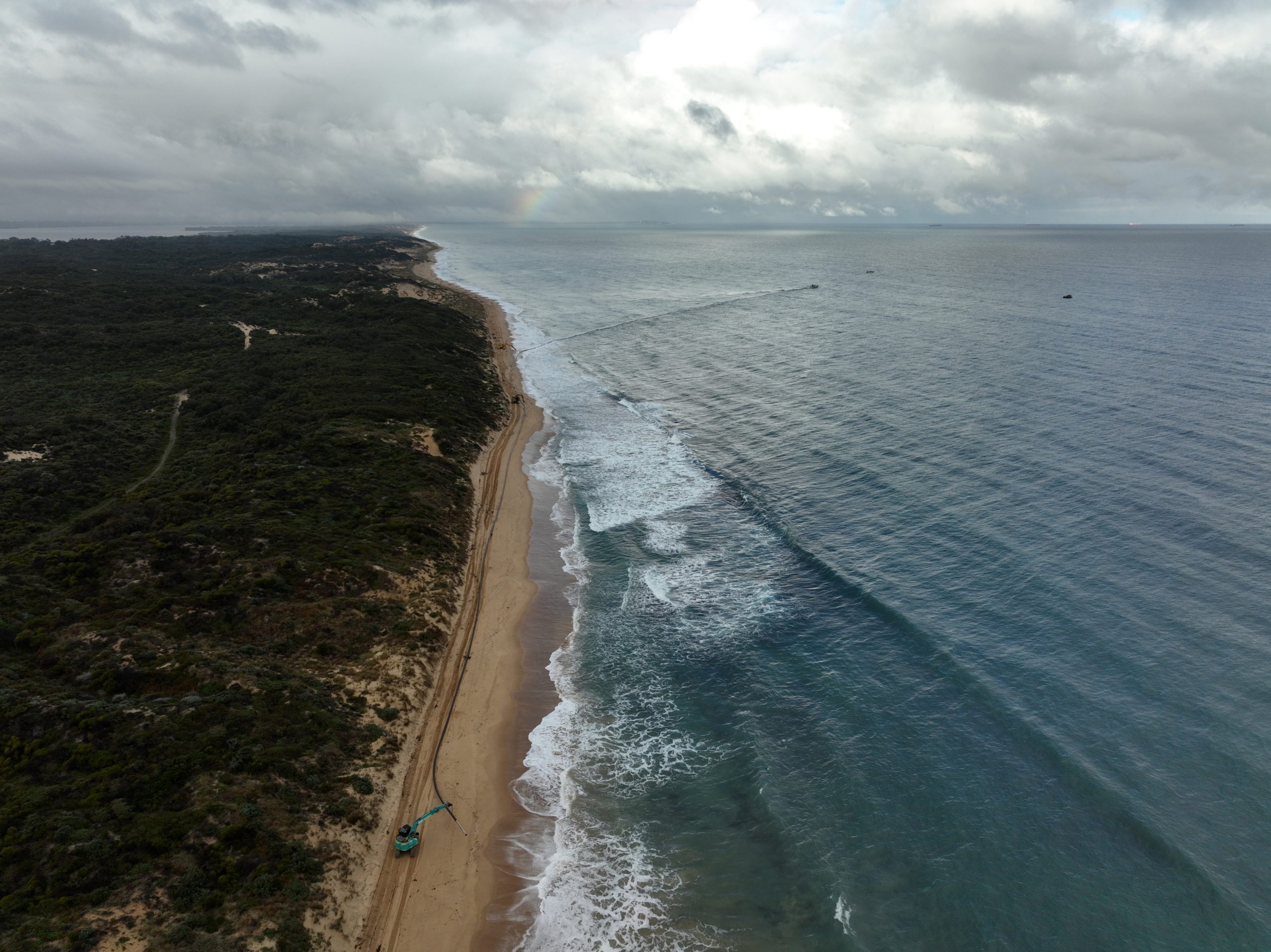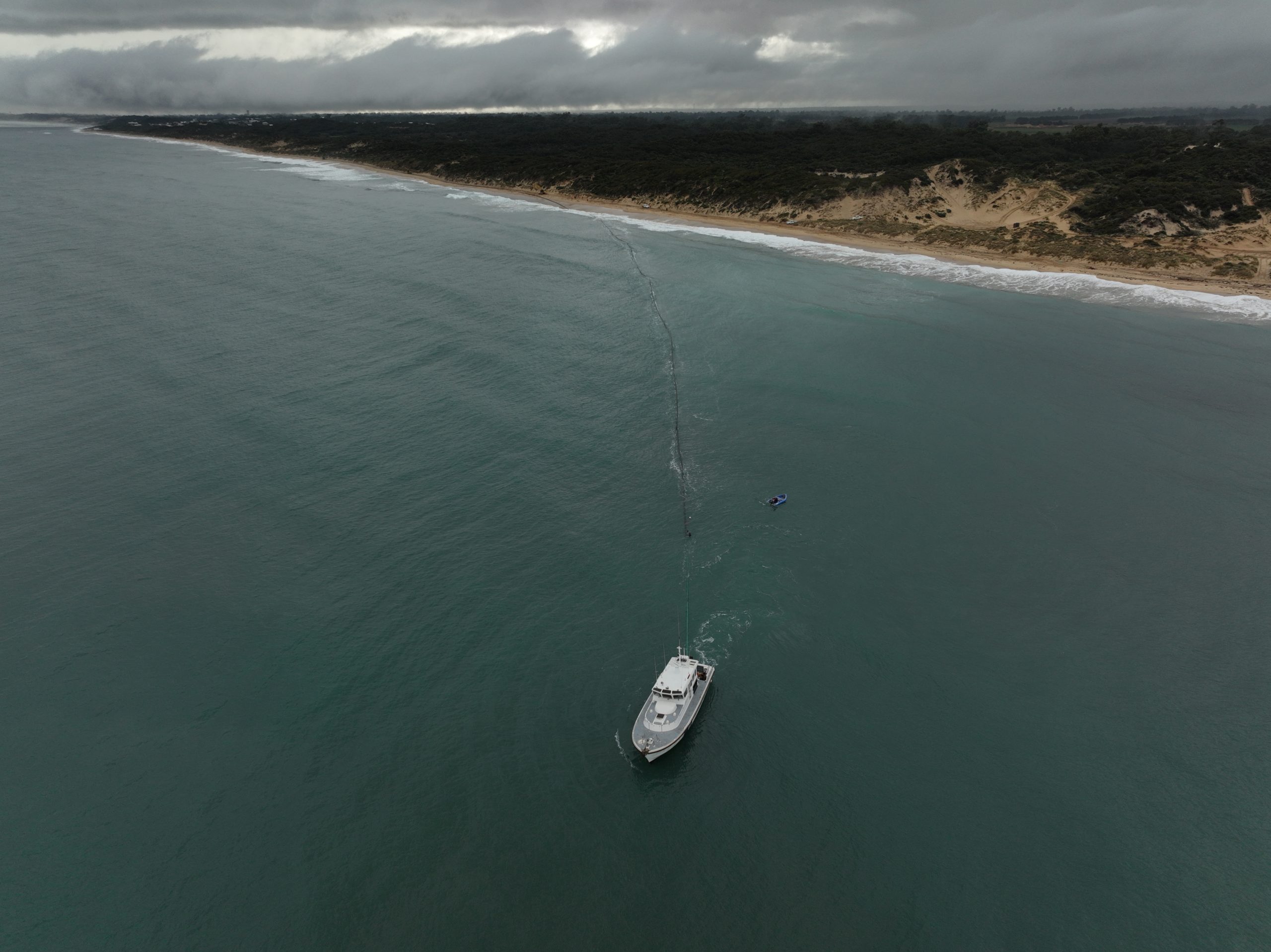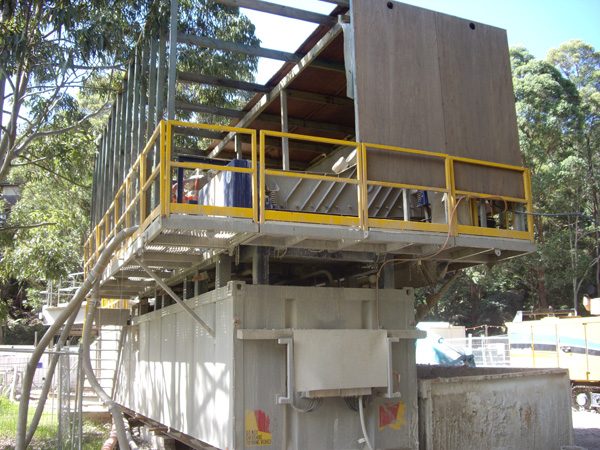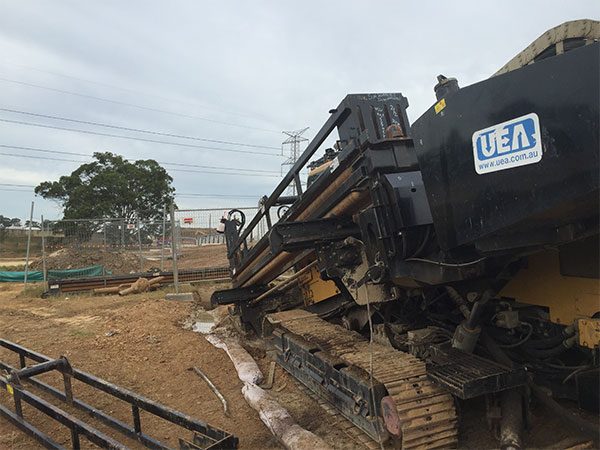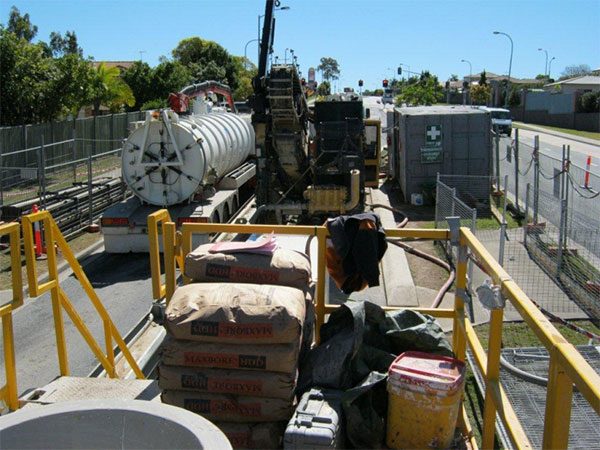Scope of Works
Western Australia is home to some of the most spectacular shorelines in the world, and preserving this natural beauty whilst also delivering infrastructure for local utilities and industry is always a balancing act. Western Australia is famous for its vast, striking, and rugged coastline. And with gems such as the Leschenault Peninsula, Binningup, and Myalup, the Shire of Harvey on the south-western coast is a popular tourist destination for Perth locals, birdwatchers, and recreational fishers. The area also features a number of modern desalination plants, which ensure a sustainable water supply to the greater area and produce industrial water products. But with the increasing popularity of desalination comes the matter of responsibly transporting, releasing, and dispersing the treated brine by-products. So when the plants neighbour these beautiful coastal regions, simply trenching in a pipeline may not be an option.
This was the challenge facing Western Australian water cooperative, Harvey Water, for disposing of brine produced at the Kemerton Strategic Industrial Area. However, by opting for a horizontal directional drilled solution by trenchless technology contractor UEA, a balance between environment and the new infrastructure was able to be achieved.
Steve Hopkins, UEA General Manager, said that the impressive coastal environment struck them from their first visit to the site. “We’re spoilt with these natural environments in our backyard, and we’re very conscious of preserving them,” he said. “But communities everywhere need utility pipelines and strong local industries, so balancing these interests while protecting our unique environment is critical. Trenchless allows us to strike that balance.”
With local expertise and strong HDD capabilities, UEA was well positioned to design and construct the outfall pipeline underneath the environmental area and out to sea. After the completion of extensive pre- construction works, environmental studies and surveys along the pipeline route – which included both a spring biological survey and possum and black cockatoo habitat surveys – design works commenced. A 1,038 metre, 280mm HDPE HDD design connecting to the larger 12km pipeline was finalised, with drilling to commence from the shore side and end on the seabed.
UEA mobilised its recently acquired Herrenknecht 250C maxi rig and auxiliary equipment to undertake construction. Concerns about potentially tricky sand and limestone ground conditions proved unfounded, and the beach provided a convenient location for welding and stringing simultaneously with drilling. With Superintendent Andre Nevstad on site, drilling was completed within the contingency schedule and without incident.
With drilling successfully completed, up next was pullback. UEA Operations Manager, Jonathan de Vos, said that ocean outfall works always included an extra level of complexity, and the Kemerton Brine Outfall project was no exception. “Ocean outfalls are very achievable with proper planning, scheduling, and risk management,” Jonathan said, “and a high degree of organisation is especially important for pullback. Good teamwork with the vessels and diving operations is critical, as is keeping a close eye on the weather.”
With favourable ocean conditions, the pipeline was floated out to sea, connected to the drill string, and pulled back in a successful installation operation in August 2022. Extending approximately 400 metres from the coastline, the pipeline was ready for connection of the jet diffuser infrastructure and commissioning of the pipeline by Harvey Water.
Jonathan said that the team at UEA was proud to work in conjunction with Harvey Water to deliver such a beneficial and successful project, saying “it’s great to support these local WA industries and protect our coast at the same time”.

